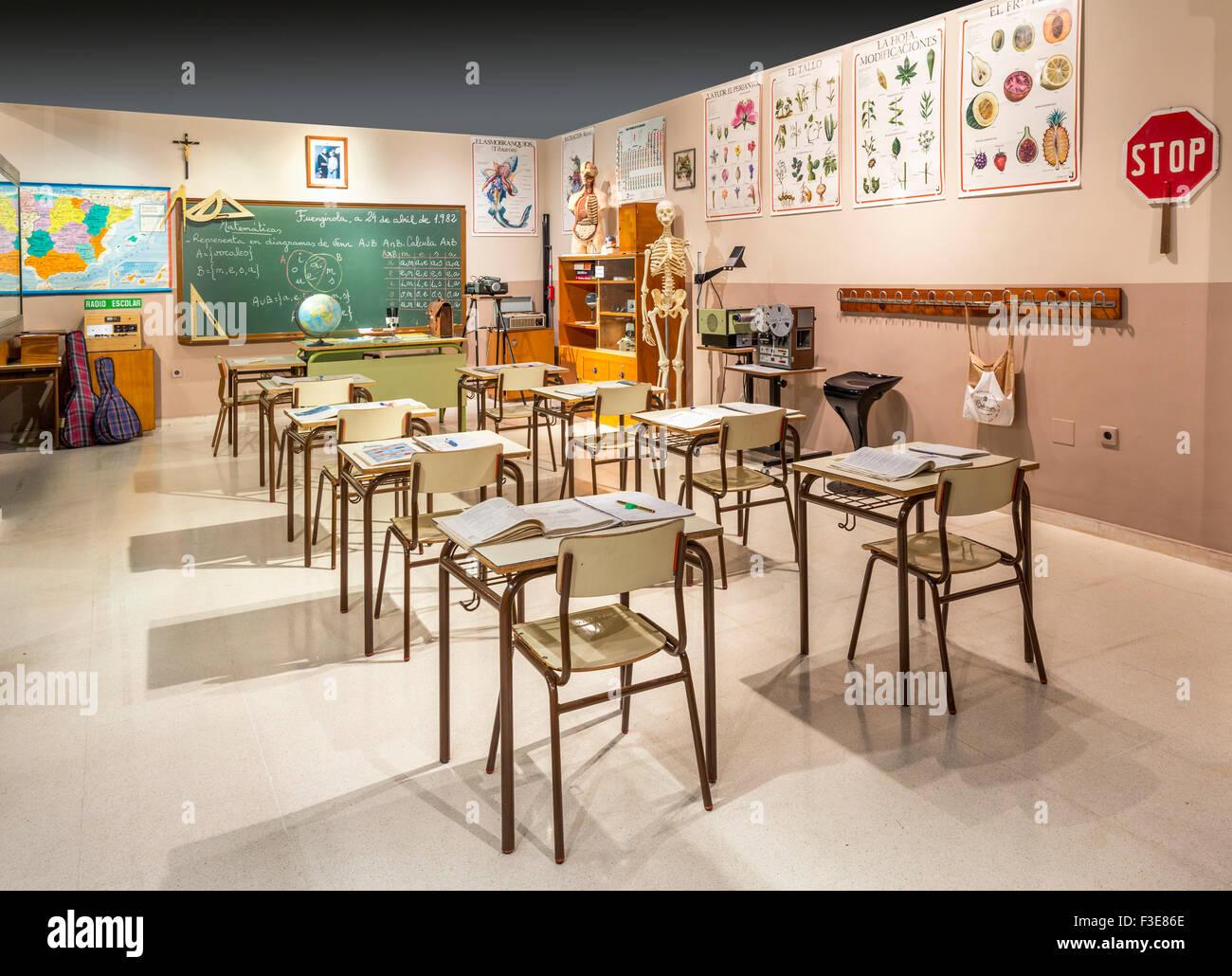Modern Classroom Revolution: How Technology is Transforming Education in 2025

The Evolution of Today’s Classroom
The education landscape is undergoing a digital revolution, with classrooms becoming smarter and learning becoming more flexible. Educational technology (EdTech) is playing a pivotal role in shaping how knowledge is delivered and absorbed.
Key Transformations
The global EdTech market is expected to reach US$598.82 billion by 2032, with an annual growth rate of over 17%. These are exciting times for educators as AI, gamification, and immersive VR and AR learning become mainstream.
AI is transforming education, particularly in personalised learning. Platforms like Squirrel AI and Microsoft’s Reading Coach are analysing learners’ strengths, weaknesses, and preferred learning styles with unprecedented accuracy. These platforms then customise programs and tailor content to suit individual learner’s pace and style, ensuring no student is left behind.
Immersive Learning Experience
With the introduction of augmented reality and virtual reality into the education system, classroom learning has undergone a tremendous change. Learning has become much more immersive than traditional methods, offering new ways to visualize, explore, and interact with content far beyond traditional textbooks or lab experiments.
The Teacher’s Role
Technology has bridged the gap between teachers and students. Teachers are now more accessible and act as mentors to help students in their overall development. This collaborative learning approach helps students interact with their peers and build their interpersonal skills.
Looking Ahead
For 2025, schools and districts are focused on making learning more engaging for students, creating a more positive environment for educators, and transforming school culture to meet the diverse needs of the school community. This includes new perspectives on artificial intelligence for education and the emergence of nontraditional school models amid an increasingly competitive enrollment environment.
While these trends are robust, they raise important questions about the future of education. They are designed to inspire reflection and inform strategic thinking on how global trends might transform education and how education can shape a better future.
